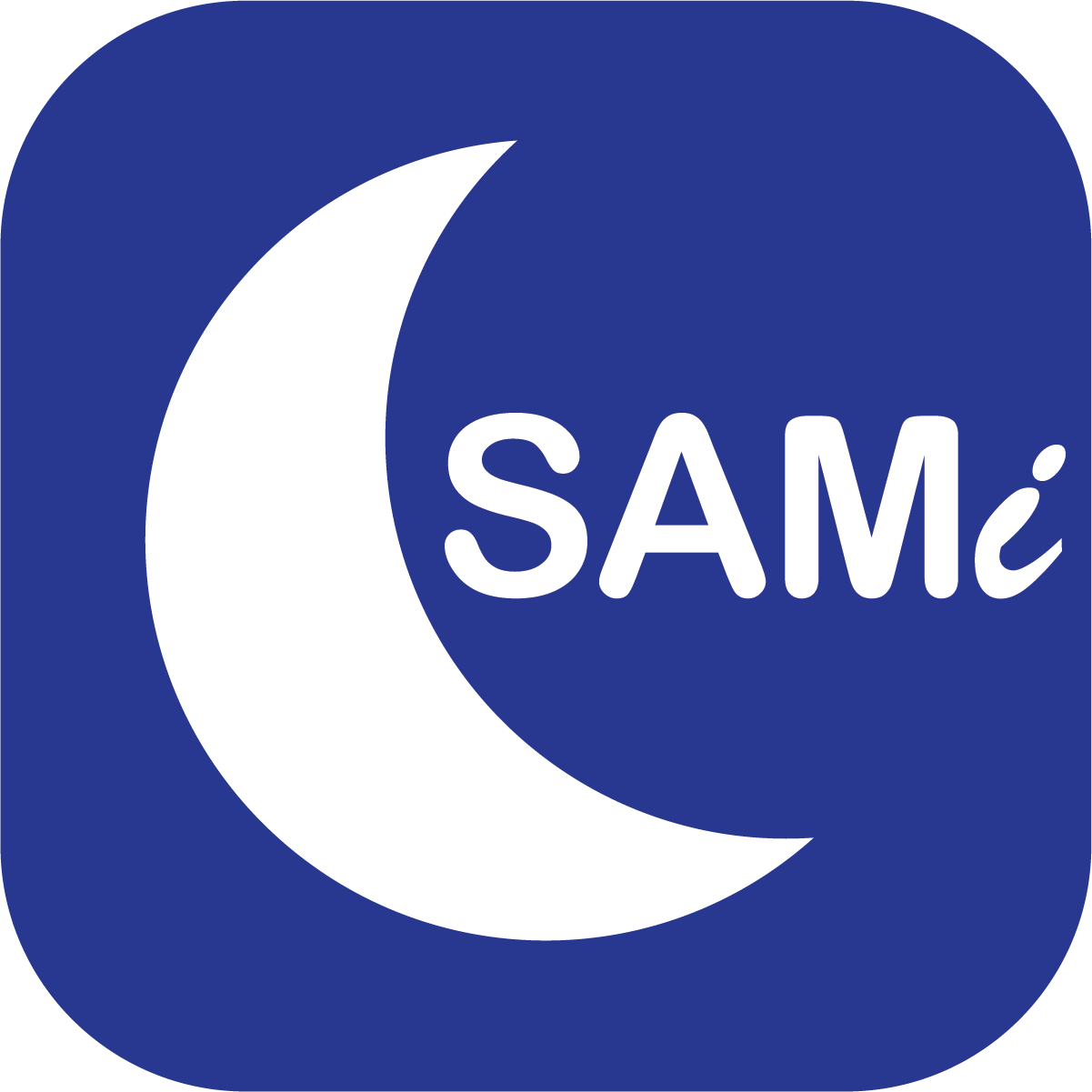That's where epilepsy monitoring units come in. These specialized units, often found in hospitals, are designed to monitor and track seizures in real-time, providing valuable information to doctors and other medical professionals that can be used to tailor treatment plans to individual patients.
One of the biggest advantages of epilepsy monitoring units is that they offer a non-invasive method for seizure detection and monitoring. Unlike other methods, such as brain surgery, epilepsy monitoring units do not involve any surgical procedures or invasions of the body. Instead, they use a variety of sensors and monitoring devices to track brain activity, movements, and other important physiological signals during a seizure.
The data collected by these units can be used to identify patterns and triggers for seizures, which can help doctors better understand a patient's epilepsy and develop more effective treatment plans. In addition, epilepsy monitoring units can provide critical information during the diagnostic process, helping doctors to accurately diagnose and classify different types of epilepsy.
Another benefit of epilepsy monitoring units is that they can give patients the freedom to live normal lives. By providing real-time seizure monitoring, these units can help patients and their caregivers identify when a seizure is likely to occur and take appropriate precautions, such as avoiding certain activities or seeking medical attention. This can greatly improve the quality of life for patients with epilepsy and give them a sense of control over their condition.
Overall, epilepsy monitoring units are a vital tool in the management of epilepsy. With their non-invasive approach and ability to provide valuable information to doctors and patients, they are helping to improve treatment outcomes and give people with epilepsy a better chance at leading normal, healthy lives.


